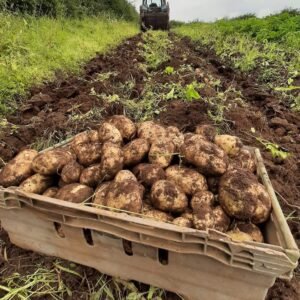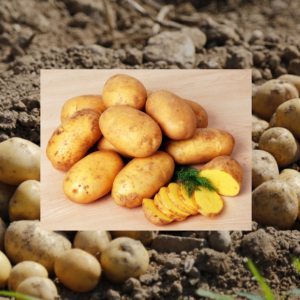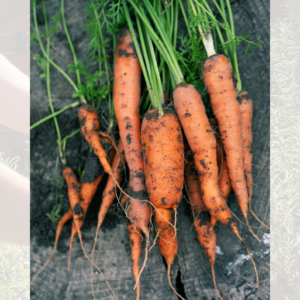Description
Locally grown potatoes
🥔 Potatoes are one of the world’s most versatile and widely consumed crops. Here’s a breakdown of what makes them so fascinating:
🌱 Botanical Overview
- Scientific name: Solanum tuberosum
- Family: Nightshade (Solanaceae), which also includes tomatoes and peppers
- Structure:
- Herbaceous perennial plant
- Grows up to 1 meter tall
- Produces underground tubers (the edible part)
- Tubers have “eyes” — buds that sprout into new plants
🌍 Origins & History
- Native to the Andes Mountains in South America, especially modern-day Peru and Bolivia
- Domesticated over 7,000 years ago by Indigenous peoples
- Introduced to Europe by Spanish explorers in the 16th century
- Became a staple crop across Europe, especially in Ireland — central to the tragic Irish Potato Famine of the 1840s
🍽️ Culinary Uses
- Can be boiled, baked, mashed, roasted, or fried
- Used in dishes like chips (crisps), fries, stews, soups, and even vodka
- Varieties include starchy, waxy, and all-purpose types — each suited to different cooking methods
🧬 Varieties & Traits
- Over 5,000 varieties exist globally
- Skin and flesh colors range from white, yellow, red, purple, to blue
- Some popular types:
- Russet: great for baking and frying
- Yukon Gold: buttery texture, good for mashing
- Fingerling: small, waxy, ideal for roasting
💡 Fun Facts
- Potatoes contain vitamin C, potassium, and fiber
- They naturally produce solanine, a toxin found in green or sprouted tubers
- In some languages, potatoes are called “earth apples”





